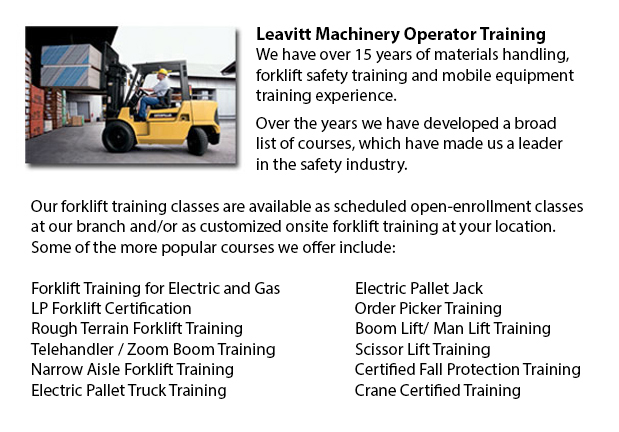
Boom Trucks Training Saskatchewan - Boom vehicle are often used by phone, cable television and utilities companies as they have extended folded arms which are normally folded over the roofs of company vans. On the end of the extension of extendable arms typically sits a bucket-like apparatus. When a container truck has an extendable boom mounted the roof this is often identified as an "aerial boom truck" or a "cherry picker". It is capable of transporting staff to the top of a telephone or electrical pole. Bucket boom lift trucks have a hauling capacity of around 350 lbs to 1500 lbs or 158 kg to 680 kg and are capable of extending the bucket up to 34 feet or just over 10 meters into the air.
Construction boom vehicles or heavy duty boom vehicles will regularly have a crane appendage on the rear. Often called knuckle booms, these cranes may be shorter and more compact than the trolley boom, which has a boom able to extend the length of the truck. Hoist boom trucks possess a lifting capacity between 10 to 50 tons or roughly 9 to 45 metric tons.
Concrete boom vehicles are another adaptation. The booms on these lift trucks have a tube with a nozzle at the far end and are utilized to pump concrete or other resources. The places where these resources ought to be deposited is commonly inaccessible to the vehicle or is stationed at a great height, for that reason, the boom of a bigger concrete boom vehicle may be extended 230 feet or just about 71 meters. The vehicle then pumps the material through the boom directly depositing it into the space where it is required.
Fire engines are frequently equipped with a boom bucket able to hoist firefighters up to the upper floors of buildings. Also, this boom will permit firefighters to guide the flow of water or to engage or rescue trapped victims. A lot of of the older hook and ladder lift trucks have been replaced by current boom trucks.
Self propelled booms are quite similar to forklifts. These little boom trucks may lift staff to elevated storage or to the ceiling of large warehouses and storeroom offices. They are more stable and as a result much safer than using extension ladders for the similar application.
-
Pneumatic Forklifts
Pneumatic Forklifts Training Saskatchewan - Pneumatic forklifts are known as pallet vehicles or pump trucks and are widely utilized in warehouses and delivery plants to move resources on pallets. Pneumatic jacks comprises a pair of metallic forks mou... More -
Reach Trucks
Reach Truck Training Saskatchewan - Reach Trucks are industrialized equipment utilized for loading and storage in certain firms that maintain storage of materials to finished commodities on a pallet which are then placed into lofty shelving units. Th... More -
Komatsu Forklift
Komatsu Forklift Training Saskatchewan - Komatsu Forklift U.S.A. Inc. has a very good reputation for building reliable and durable lift trucks. Komatsu is acknowledged around the world as a company with a rich heritage while preserving an exceptional... More -
Terex Forklift
Terex Forklift Forklift Training - Terex Forklifts stands by their mission to supply a consistent and cost effective product line. They take pleasure in producing equipment that improves their consumers' earnings. Through many divestures and acquisit... More -
Doosan Forklift
Doosan Forklift Training Saskatchewan - Doosan Infracore Company Ltd. is an international and intercontinental organization which includes Defense Industry Products, Industrial Vehicles, Diesel Engines, Automation Systems, Machine Tools and Construct... More

Forklift Training Saskatchewan
TOLL FREE: 1-888-254-6157
Saskatoon, Saskatchewan
forklifttrainingsaskatchewan.com
Email Us
About Us


